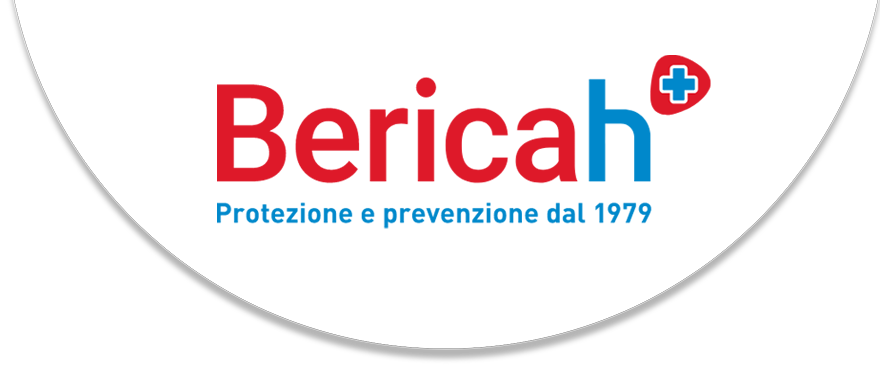EU Regulation on Medical Devices
EU Regulation 2017/745 (MDR Regulation, acronym for Medical Device Regulation) has modified the rules regarding the production and marketing of medical devices.
The initial regulation for medical devices dates back to the 1990s when three directives were issued on the subject: Directive 90/385/EEC, Directive 93/42/EEC, and Directive 98/79/EEC.
The need to revise these directives led to the issuance of EU Regulation 2017/745.

MDR Regulation strengthens conformity assessment procedures and market surveillance of medical devices, while introducing provisions to ensure their traceability.
It sets high standards for the quality and safety of medical devices to meet the safety requirements associated with such products.
Finally, the MDR places particular attention on identifying the economic operators involved in the supply chain of medical devices and their respective responsibilities.
This regulation has been applicable since May 26th, 2021.
One of the first activities that the manufacturer must carry out is to determine whether, in light of the MDR (Medical Device Regulation), a product falls within the definition of a medical device and to understand if the risk class has potentially changed.
In this regard, it should be noted that Regulation 2017/745 contains a broader definition of a medical device compared to the past.
As a result, it applies to a range of products that may not have a medical purpose but have been included in the concept of a medical device for safety reasons (for example, non-corrective contact lenses, liposuction equipment, hair removal lasers, etc.).
Furthermore, the MDR provides a better definition of nanomaterials and regulates in much more detail the risk class of devices that incorporate nanomaterials.
One of the major innovations of the MDR is the more precise regulation of the obligations and responsibilities of the so-called economic operators: manufacturers, authorized representatives, importers, and distributors.

Manufacturers, authorized representatives, importers, and distributors are no longer mere subjects in a commercial chain but become active protagonists in ensuring the safety of the device throughout its life cycle.

A manufacturer commercializes a medical device in accordance with the MDR under their own name or brand.

An authorized representative carries out the activities defined in the mandate on behalf of a manufacturer located outside the EU.

An importer places a medical device on the EU market that is compliant with the MDR and originates from a third country.

A distributor makes a medical device available on the EU market in compliance with the MDR, until the moment of its being put into service.
Another important innovation is the traceability of medical devices through a new identification system called the Unique Device Identification (UDI) system.
It involves a unique code (numeric or alphanumeric) associated with a medical device that allows for clear and unambiguous identification of devices placed on the market and facilitates their traceability.
The identification consists of two main elements: the Device Identifier (UDI-DI) and the Production Identifier (UDI-PI).
Both elements provide access to useful information about the device.The unique identification of devices enhances incident reporting, facilitates the potential recall of devices posing a safety risk, contributes to the fight against counterfeiting, and increases patient safety. The unique identification of devices will work alongside the current labeling requirements for medical devices without replacing them.

A fundamental aspect for achieving the objectives of the regulation is the European database for medical devices (EUDAMED).
Its goal is to provide an updated snapshot of the lifecycle of medical devices available in the European Union.
This unique database is based on the creation of six interconnected modules that, once completed, will certainly improve transparency and coordination of information.

A genuine post-market surveillance (PMS) system has been introduced, which is one of the fundamental components of the entire system created by the MDR legislator.
Through this surveillance, the manufacturer systematically collects data regarding compliance with essential safety requirements with the aim of making any necessary improvements.
The MDR Regulation also includes another crucial change: the requirement to appoint within the medical device company a person responsible for regulatory compliance (PRRC).
The regulation stipulates that this obligation lies with both the manufacturer and the authorized representative.
But what does the PRRC actually do? They act as an internal “guardian” who ensures the supervision of device manufacturing, oversees post-market surveillance of medical devices, and exercises vigilance.
All the tasks of the PRRC are outlined in Article 15 of the MDR Regulation.

Are you one of our Distributors for medical device products?

Are you a Bericah Exclusive Customer for private label medical device products?

We will help you better understand the obligations, responsibilities, risks, and sanctions introduced by the MDR Regulation.
medicale@bericah.it (+39) 0444 240522
Watch the video summary of this page
For further information on the MDR or Current Regulations, please contact our Quality Office
+39.0444.240522 qualita@bericah.it

